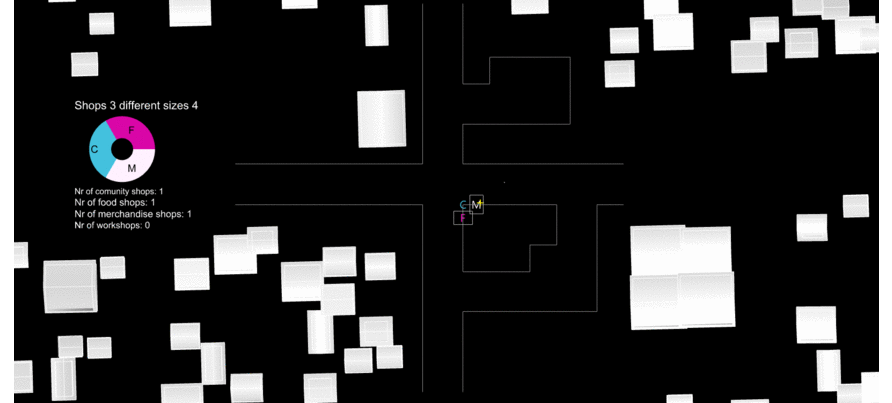EARTHY: Generative Design for Earth and Masonry Architecture

Instructors: Ir. S.Azadi, Dr.ir. P. Nourian, Ir. J.J.J.G.Hoogenboom, Dr.ir. C. Andriotis, Dr.ir. F.A. Veer Responsible Instructor & Studio Director: Dr.ir.P.Nourian
In this course, students learn computational methods for spatial configuration, design, and construction of a settlement for displaced communities (e.g. refugees, victims of natural disasters), focusing on high-tech design for low-tech construction with earth (earth architecture), possibly together with decently recycled/reused waste materials (earth-ship architecture), relying on local labour, low-energy content, passive climatic design strategies, and maximum circularity of the materials. Computationally exploiting the relations between natural material properties, architectural geometry, and structural performance will be central to this course.
The objectives of the course are threefold:
- to learn to analytically develop an urban/architectural configuration
- to learn to utilize complex geometry and complex topology in designing form-effective and functional buildings and settlements by means of (visual) programming
- to learn and utilize the physical relation between structural functionality of forms and structural properties of materials

Students will learn the fundamentals of computational form-finding for geometrically and topologically complex configurations and structures. The educational challenges are about:\
1. Configuring:\
- Formulating a functional program of requirements for the displaced community settlement;\
- Designing a settlement by means of computational configuration methods;
2. Shaping:\ - Researching nature-inspired computational geometry;\
- Designing nature-inspired configurations, forms, and structures;\
- Designing a community building (such as school, crafts workshops, community centres)
3. Structuring:\ - Designing a zero-waste, circular construction sequence for using the local materials and low-tech construction techniques;\
- Making proof-of-concept physical models of the design\
All subjects are covered both in lectures, a series of workshops for computational design and programming, and design studios. The aim of the course is not only to design a building in a settlement but to design, document, and disseminate the design workflow as an open-source project.
